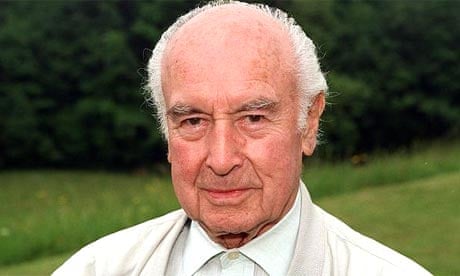Albert Hofmann, the Swiss chemist who discovered the hallucinogenic drug LSD, has died aged 102.
Hofmann, known as the father of LSD, died yesterday at his home in Burg im Leimental, Basle, Switzerland.
His death was confirmed by Doris Stuker, a municipal clerk in the village where Hofmann lived following his retirement in 1971.
The California-based Multidisciplinary Association for Psychedelic Studies (Maps), which republished Hofman's book on LSD, said on its website that he had died from a heart attack.
Dieter A Hagenbach, a friend of 40 years, last spoke to Hofmann on Saturday. "He was in good spirits and enjoying the springtime," said Hagenbach.
Born on January 11 1906, Hofmann discovered LSD - lysergic acid diethylamide, which later became the favoured drug of the 1960s counterculture - when a tiny quantity leaked on to his hand during a laboratory experiment in 1943.
He noted a "remarkable restlessness, combined with slight dizziness" that made him stop his work. "At home I lay down and sank into a not unpleasant intoxication-like condition, characterised by an extremely stimulated imagination," Hofmann wrote in his book LSD: My Problem Child.
"In a dreamlike state, with eyes closed (I found the daylight too unpleasantly glaring), I perceived an uninterrupted stream of fantastic pictures, extraordinary shapes with intense, kaleidoscopic play of colours. After some two hours this condition faded away."
A few days later, Hofmann intentionally took a dose of LSD and experienced the world's first "bad trip".
"On the way home, my condition began to assume threatening forms. Everything in my field of vision wavered and was distorted as if seen in a curved mirror," he said.
"My surroundings had now transformed themselves in more terrifying ways. A demon had invaded me, had taken possession of my body, mind, and soul. I jumped up and screamed, trying to free myself from him, but then sank down again and lay helpless on the sofa. The substance, with which I had wanted to experiment, had vanquished me."
The former Harvard lecturer Timothy Leary popularised LSD with his "turn on, tune in, drop out" advice in the 1960s. But Hofmann believed the substance was hijacked and abused by the hippy movement, while he maintained that he produced it as a medicine.
Hofmann and his scientific colleagues hoped LSD would make an important contribution to psychiatric research. The drug exaggerated inner problems and conflicts and it was hoped it might be used to treat mental illnesses such as schizophrenia.
For a time, the laboratory where he worked, Sandoz, sold LSD 25 under the name Delysid, encouraging doctors to try it themselves. It was one of the strongest drugs in medicine, with just one gram enough to drug an estimated 10,000 to 20,000 people for 12 hours.
The US government banned LSD in 1966, following stories of heavy users suffering permanent psychological damage, and other countries followed suit.
The president of Maps, Rick Doblin, said he had spoken to Hofmann on the phone recently "and he was happy and fulfilled. He'd seen the renewal of LSD psychotherapy research with his own eyes."
Hofmann is survived by a son and daughter. His wife and their other two children died before him.
